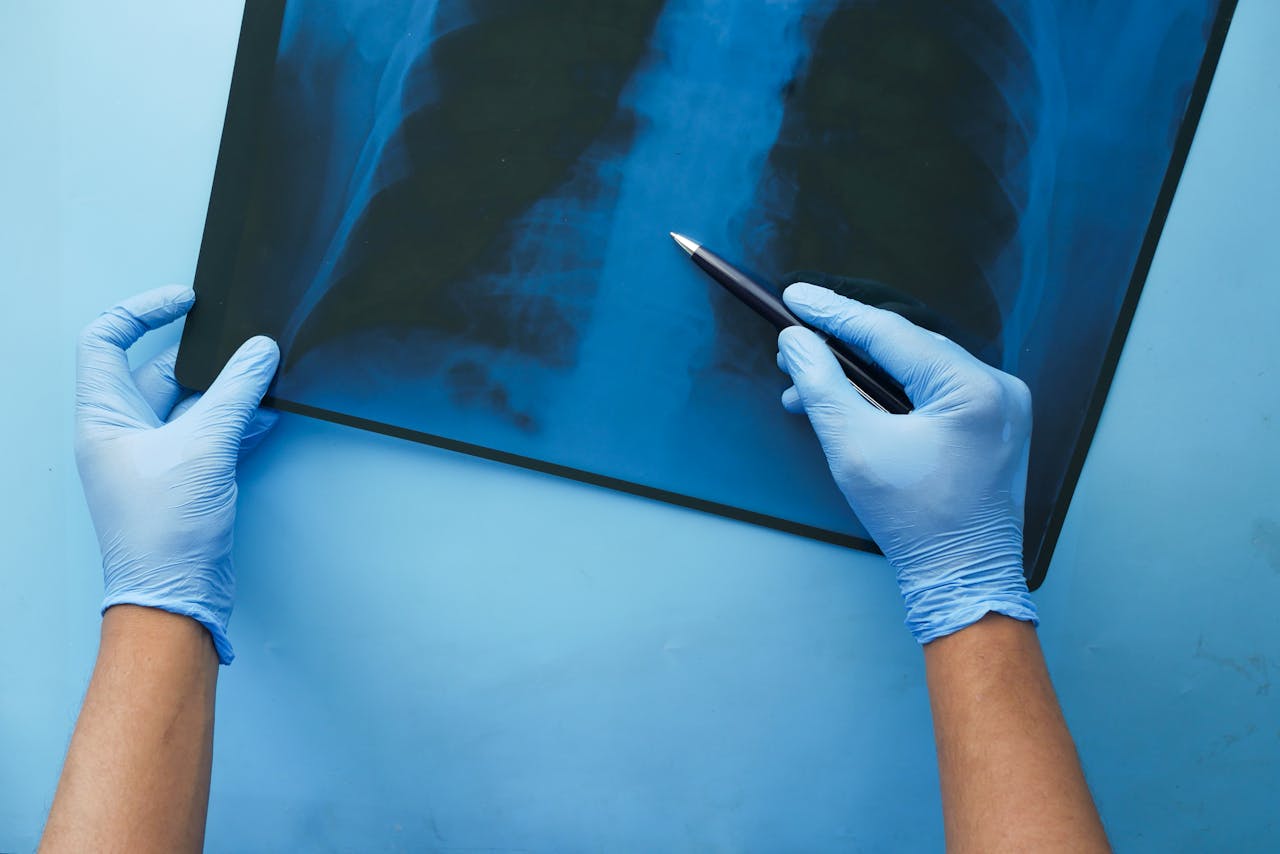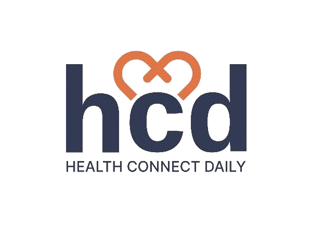
Chronic obstructive pulmonary disease (COPD) has long been considered a silent progression often going undetected until significant lung damage has already occurred. But thanks to artificial intelligence (AI), that paradigm may be changing. Recent breakthroughs in AI-powered lung imaging suggest we may soon detect COPD years before the first cough or breathlessness appears.
So, could AI lung scans become the future of pre-symptomatic COPD diagnosis and potentially even prevention?
What Is COPD and Why Is Early Detection So Hard?
COPD includes a group of lung conditions such as emphysema and chronic bronchitis that cause airflow blockage and breathing problems. It’s the third leading cause of death globally, yet most people don’t realize they have it until it’s too late.
The reasons for late diagnosis:
- Symptoms (like chronic cough or fatigue) are often attributed to aging or smoking.
- Spirometry, the traditional test, is not commonly used until symptoms worsen.
- Structural lung changes happen silently for years before being picked up on routine imaging.
This is where AI-enhanced CT scans could transform the game.
How AI Reads the Lungs Differently
Unlike the human eye, AI algorithms can analyze millions of data points in CT or X-ray images spotting microscopic patterns that even expert radiologists miss.
AI models trained on large imaging datasets can:
- Detect early emphysematous changes
- Quantify airway wall thickening and air-trapping
- Predict functional decline before spirometry shows abnormal results
- Stratify patients based on risk of future lung deterioration
These deep-learning tools work by:
- Learning from thousands of labeled COPD cases
- Extracting radiomic features invisible to the naked eye
- Providing probabilistic models that correlate imaging findings with future disease onset
Evidence: Can AI Actually Predict COPD Years in Advance?
Yes, and some of the studies are astonishing:
- A 2023 study in Nature Medicine showed that AI could identify pre-COPD in patients with normal lung function but subtle imaging changes up to 5 years before symptom onset.
- Researchers at Brigham and Women’s Hospital developed an AI model that predicted COPD progression with greater accuracy than clinical risk scores.
- The COPDGene study demonstrated that AI-enhanced CT scans could detect “smoldering” disease patients who would later go on to develop full COPD despite normal spirometry.
These findings suggest that AI can catch the disease at a molecular and structural level, long before spirometry flags it or symptoms appear.
Why Early Detection Matters: From Diagnosis to Prevention
By the time COPD is typically diagnosed, more than 50% of lung function may already be lost—damage that is irreversible.
AI-led early detection could:
- Enable earlier lifestyle and pharmacological interventions
- Allow targeted smoking cessation support
- Support enrollment into lung rehab programs before disability sets in
- Facilitate clinical trials for disease-modifying therapies
In short, identifying COPD early means we don’t just treat it—we might actually prevent it from progressing.
Who Would Benefit Most from AI Lung Screening?
Not everyone needs an AI lung scan. But certain high-risk groups could benefit immensely, especially if screening is done before traditional symptoms appear.
High-priority groups for AI screening:
- Long-term smokers or ex-smokers, even without symptoms
- People exposed to air pollution or occupational hazards (like coal dust or chemical fumes)
- Those with family history of COPD or early respiratory illness
- Patients with unexplained fatigue, frequent colds, or chronic cough without diagnosis
How AI Enhances COPD Care Beyond Just Early Diagnosis
AI tools are also transforming ongoing COPD management by:
- Predicting exacerbation risk and hospital admissions
- Monitoring treatment response via follow-up scans
- Tailoring personalized therapy by identifying specific disease phenotypes (e.g., emphysema-dominant vs airway-dominant)
- Flagging patients at risk of rapid decline who need more aggressive care
This evolution from reactive care to proactive, precision lung medicine could redefine how we approach chronic lung disease.
Challenges and Limitations
Despite the potential, there are a few hurdles to overcome:
- Data privacy and algorithm bias: AI tools must be trained on diverse populations to avoid misdiagnosis in minority groups.
- Access to high-resolution imaging: Not all healthcare settings have routine access to chest CT scans.
- Regulatory and clinical integration: Most AI tools are not yet FDA-approved for frontline diagnosis.
However, with rapid technological advancement and integration into radiology platforms, these barriers are steadily falling.
A Breath Ahead: The Future of COPD Screening
Imagine a world where your annual chest scan not only checks for cancer, but also screens for COPD years in advance giving you a chance to change your health trajectory before irreversible damage occurs. That’s not a fantasy. That’s AI-powered medicine, and it’s closer than you think.
By combining imaging, machine learning, and proactive care, we may soon see COPD not as a death sentence, but as a preventable condition caught early when the lungs still have a fighting chance.
FAQ: AI Lung Scans & Early COPD Detection
Can AI scans really diagnose COPD before symptoms begin?
Yes. Studies show AI-enhanced imaging can detect structural lung changes associated with COPD up to 5 years before symptoms appear or spirometry shows abnormalities.
Are AI lung scans safe?
AI is applied to standard CT scans, which are already used in clinical care. The AI simply adds interpretive power, not radiation or risk.
Do I need a scan if I don’t have symptoms?
If you’re a smoker, ex-smoker, or have environmental exposures, early AI-based screening could help catch COPD before damage sets in.
Is this AI approved for clinical use yet?
Many AI tools are in research or trial phases, but some are already integrated into radiology software to assist in risk stratification.
Can early AI detection reverse COPD?
While it can’t reverse existing damage, it enables early lifestyle changes and treatment that may prevent or delay disease progression.
